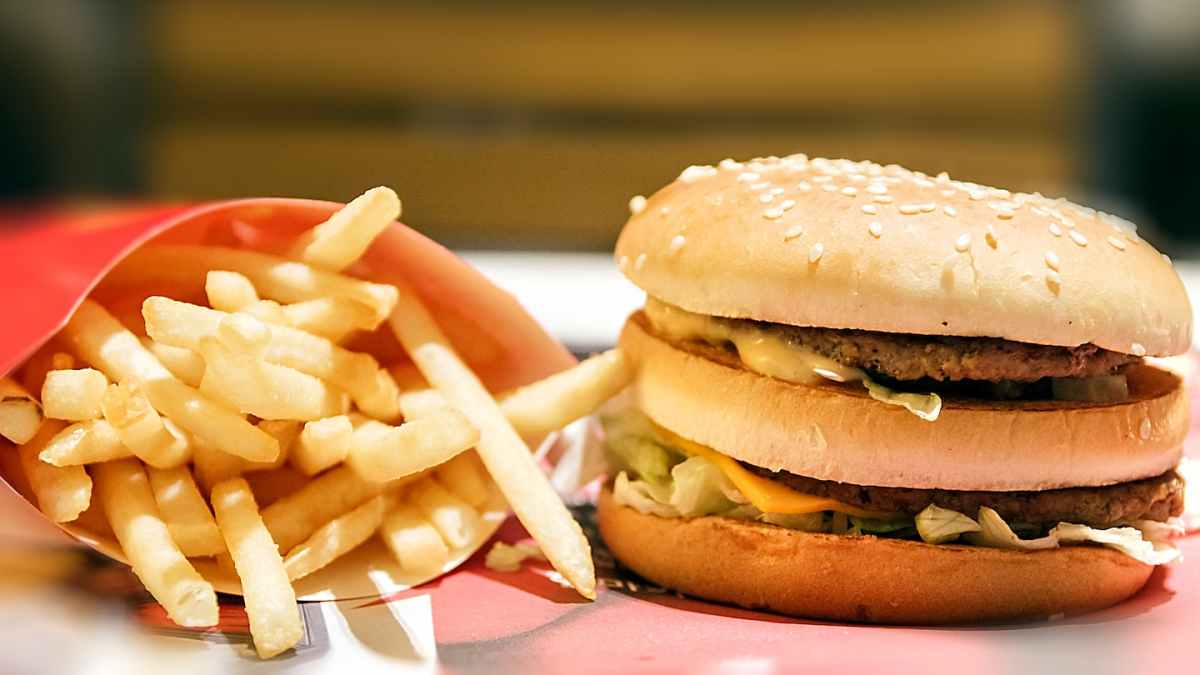Fast food restaurants took the nation by storm in the 1950s and 1960s as more highways were constructed to connect people to places at longer distances more quickly.
While the first fast food restaurant was White Castle which opened in 1921 in Wichita, Kansas, McDonald’s opened in 1955 in San Bernardino, California, and took over popularity in the fast food industry.
Since the influx of fast food restaurants in the mid-twentieth century, it has influenced the modern conveniences of the American diet. However, it has also burdened the health of many Americans leading to more obesity and other long-term cardiovascular health issues.
As you learn more about fast food history, take a break and play your favorite casino games on NetBet.
Contents
Trends of Fast Food Consumption
According to the Centers for Disease Control (CDC), 36.3% of children and adolescents aged two to 19 consumed a fast food menu item on any day between 2015 to 2018. This same age group received about 13.8% of their calories from fast food sources within the same three-year period. The information was released to the public in August 2020.
The CDC also found that 17% of people were on special diets in the same three-year period with popular ones being low carb, diabetic, a weight loss or low-calorie diet, or a lower fat or cholesterol diet. This is a small percentage of people that are trying to turn their physical health around with a healthier diet.
The more income that a family had, the more that they purchased fast food. Non-Hispanic African Americans consumed more fast food than Hispanic individuals, non-Hispanic Caucasians, and non-Hispanic Asians.
Which Age Group Consumes More Fast Food?
The CDC discovered that as the age of study participants increased that the amount of fast food they consumed decreased. About 45% of people aged 20-39 consumed fast food regularly from 2015 to 2018. 37.7% of people aged 40-59 eat fast food often while only about 24% of individuals aged 60 and older go to their favorite fast food joint every so often.
Hence, younger people consume more fast food for convenience purposes. As they finish high school and college while working a 9-5, they are busier and tired out from their demanding schedules and are more likely to purchase fast food than the other two age groups.
How to Eat Less Fast Food
Fast food is delicious, but it is filled with saturated fat and makes you go over the recommended 2,000-calorie intake depending on what you order. Follow these tips to reduce your fast food intake and have a healthier body.
Take the time every Sunday evening to plan out your meals. If you see that your family eats the same meals every week, look up recipes online or in a recipe book at home for some inspiration. If you have little ones, have them join in on the meal planning fun and ask them each to pick one dinner for the family to try that week.
When you go to the grocery store, purchase what you will need for meals that week. Post your meals on a calendar, so everyone knows what’s for dinner that night and you will all be less likely to make that stop at McDonald’s or Burger King on the commute home from work.

